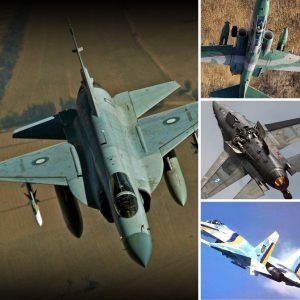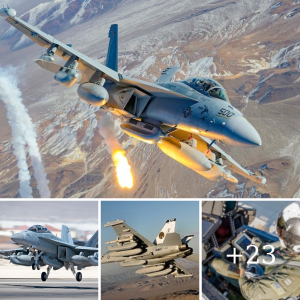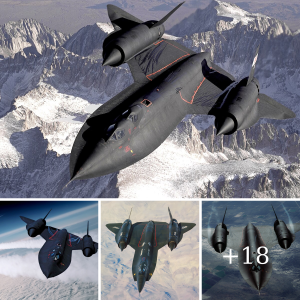The Chengdu J-20, also known as the “Mighty Dragon,” has become a symbol of China’s growing air power and technological prowess. As a fifth-generation stealth fighter, it stands alongside some of the most advanced aircraft in the world, including the U.S. F-22 Raptor and F-35 Lightning II. But what sets the J-20 apart, and why is it such a significant addition to China’s arsenal?
A Leap in Chinese Aviation
The J-20 is China’s first-ever stealth fighter, and its development marks a significant leap in the country’s military aviation capabilities. Designed by the Chengdu Aerospace Corporation, it made its first flight in 2011 and officially entered service in 2017. Unlike previous Chinese fighters, which relied on older Soviet designs, the J-20 is a testament to China’s ability to develop cutting-edge technology independently.
At first glance, the J-20’s design reveals its stealth focus. Its sleek, angular shape reduces radar cross-section, allowing it to evade enemy detection systems. This stealth capability makes it a formidable adversary in the skies, able to carry out both air superiority missions and deep strikes behind enemy lines without being easily detected.

Advanced Features and Capabilities
What truly makes the J-20 stand out are the high-tech features packed into its design. It boasts cutting-edge avionics, sensors, and weapons systems. Some of the standout capabilities include:
- Stealth Design: The J-20’s radar-evading shape and materials ensure that it remains undetected by most modern radar systems, giving it a significant edge in combat situations.
- Advanced Weaponry: The fighter is equipped with a combination of air-to-air missiles, long-range strike capabilities, and potentially even anti-ship weapons. Its internal weapons bays help maintain its stealth profile while allowing it to carry a formidable array of armament.
- Supercruise and Agility: Powered by twin-engine thrust vectoring, the J-20 can achieve supercruise, allowing it to fly at supersonic speeds without using afterburners. This feature not only increases its speed and range but also enhances its agility during dogfights.

A Regional Game-Changer
The introduction of the J-20 has shifted the balance of power in the Asia-Pacific region. With territorial disputes in the South China Sea and tensions in the Taiwan Strait, the J-20 gives China a formidable tool to assert its military dominance. It’s not just about power projection, but also deterrence—countries like Japan, India, and the United States are closely watching the capabilities of this new fighter.
China’s deployment of the J-20 is also significant because it challenges the air superiority previously held by the U.S. and its allies. The F-22 and F-35 were long considered the pinnacle of stealth fighter design, but the J-20 is showing that China is catching up—and fast. It represents a strategic move by Beijing to enhance its air capabilities not only regionally but on a global scale.
Challenges and Future Upgrades
While the J-20 is an impressive fighter, it’s not without its challenges. Early versions of the aircraft were powered by Russian engines, which raised questions about its ability to match the performance of U.S. fighters. However, China has been working on its own indigenous engines, which are expected to increase the aircraft’s performance in the coming years.
Moreover, the J-20’s combat effectiveness remains untested in real-world scenarios. While it is technologically advanced, questions linger about how it will perform in a head-to-head engagement with the likes of the F-22 or Eurofighter Typhoon.
The Future of the J-20
The Chengdu J-20 is more than just an aircraft—it’s a statement. It signifies China’s emergence as a serious player in the world of advanced military technology. The country’s ability to produce a stealth fighter of this caliber is a clear message to the rest of the world that it’s ready to compete with established air powers.
As China continues to upgrade the J-20 with better engines, sensors, and weapons, it will likely remain at the forefront of the country’s military aviation for decades to come. Whether it’s maintaining air superiority or conducting precision strikes, the J-20 will be a key asset in China’s quest for dominance in the skies.
In conclusion, the J-20 is not just another fighter jet; it’s a game-changer. As more are produced and deployed, it will continue to challenge the status quo, forcing other nations to rethink their strategies and technologies. The era of the “Mighty Dragon” has only just begun.





